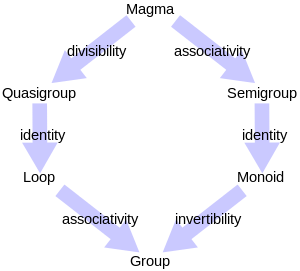For those interested in functional programming, I’ll talk about monoids and why they’re very important to understand ahead of time.
Don’t get confused: This isn’t monad — it’s monoid. I’m pretty sure you already know of monoids and you use them almost every day — you just didn’t know the term for them.
Prior to Reading
This is a series on functional programming, so you might not understand what this article is going to talk about if you haven’t read the previous posts.
You can check out other posts related to this topic
Identity Function
Let’s assume there’s a function named identity that takes A and returns A.
const identity: <A>(a: A): A => a;
interface Student {
name: string;
age: number;
}
identity<number>(3) // 3
identity<string>('hello') // hello
identity<Student>({
name: 'Bincent',
age: 5
}); // { name: 'Bincent', age: 5 }
In functional programming, this useless function (seems useless) is an important factor for many other concepts (such as monoids) that we’re about to talk about.

Basically, a monoid is a set of elements that holds the rules of the semigroup and the identity-element rule.
If S is a set of elements, a is a member of S, and · is a proper binary operation, a·e = e·a ∈ S must be satisfied to be a monoid.
Identity: a ∈ S, a·e = e·a = a ∈ S
Some documentation calls this using the number 1 and the any alphabet in subscript — for example, 1x referring to the identity on the variable x. Or some documentation uses just a single alphabet letter, such as i or e.
That’s all there is to know about monoids, let’s practice with some simple examples.
#typescript #programming #functional-programming #javascript #coding #function